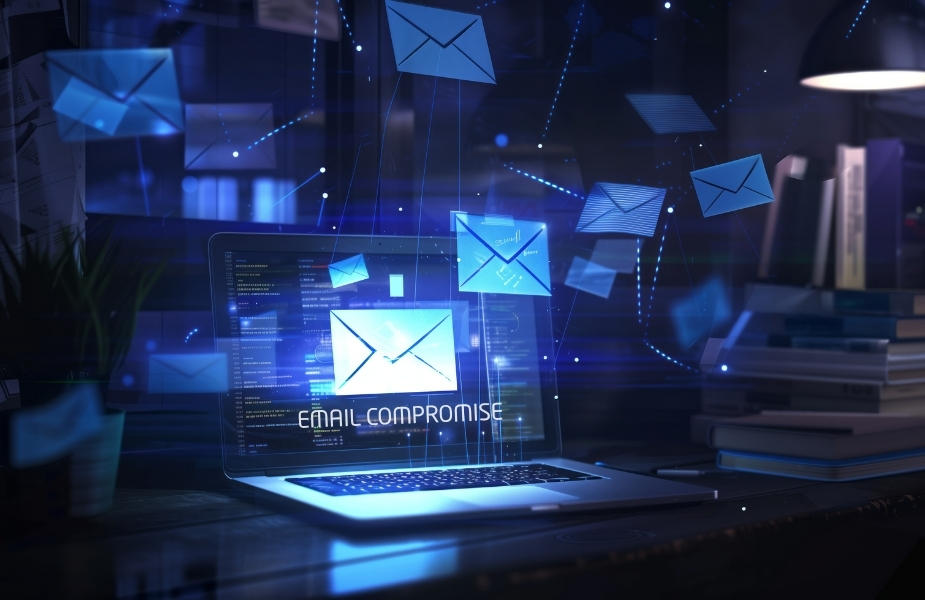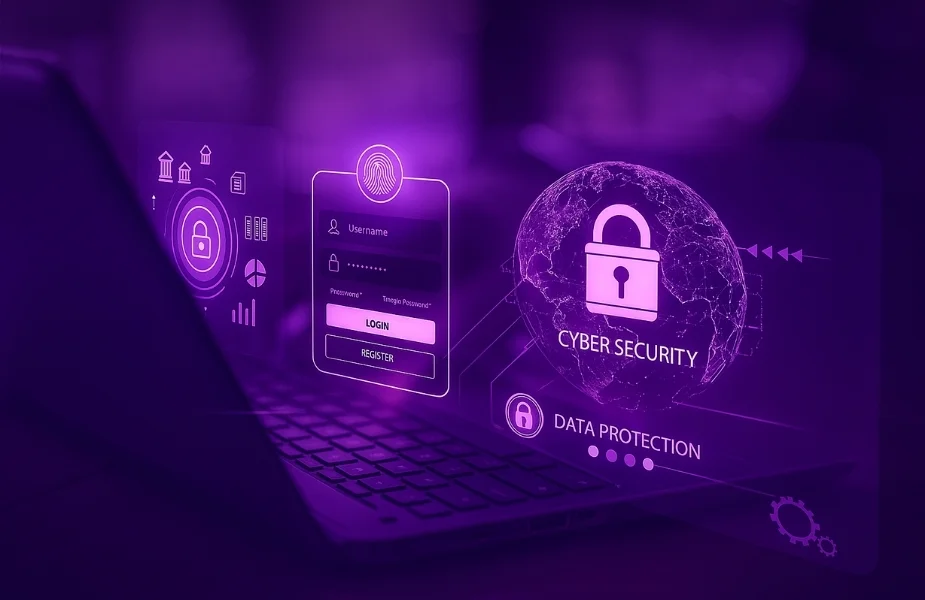Imagine getting an email from your CEO asking for a quick wire transfer to close a sensitive deal. The tone is urgent, the details sound legit, and the request seems routine. You approve the transaction.
Only later do you find out: your CEO never sent that email.
That’s Business Email Compromise (BEC), a quiet but devastating form of cybercrime. According to the FBI’s Internet Crime Report, BEC attacks accounted for over $2.4 billion in losses in 2023, making it one of the most expensive digital threats businesses face today. And unlike ransomware or malware, there’s no system exploit or zero-day vulnerability here. BEC is pure deception, email fraud engineered to exploit human trust, not technical flaws.
How Cybercriminals Pull It Off
BEC isn’t about hacking networks. It’s about hijacking people’s assumptions. Most of these attacks rely on simple, well-researched impersonation, built to blend in with your daily operations.
Here’s how they typically play out:
▸ Executive Impersonation
This is the classic BEC scenario. Attackers pose as high-ranking executives, often the CEO or CFO, and send urgent requests to finance teams, asking for immediate wire transfers for “confidential deals” or “overdue vendor payments.” Because these are high-level impersonations targeting key individuals, they’re also called whaling attacks.
▸ Vendor Spoofing
In this tactic, attackers mimic a legitimate supplier’s email and inform your accounts team of an updated bank account for future payments. Without strict verification protocols, those funds can be gone before anyone realizes something’s off.
▸ Payroll Diversion
Here, the target is often HR. A fake email from an “employee” asks to update their direct deposit details. Paychecks start flowing, just not to the employee’s actual account.
In all of these cases, the attacker’s biggest weapon isn’t malware or brute force. It’s research. They study your business, understand your hierarchy, and craft messages that feel familiar and trustworthy, so much so that recipients rarely pause to question them.
Social Engineering That Slips Through Every Filter
What makes BEC so dangerous is how well it bypasses traditional email security systems. There are no suspicious links, no shady attachments, just a clean, well-written email that mimics your company’s internal communication style.
Here’s the psychological playbook behind BEC:
- Urgency: “This needs to be processed now.”
- Authority: “The CFO is requesting this personally.”
- Isolation: “Please keep this confidential.”
- Pressure: “We’ll miss the deadline if this isn’t handled today.”
Even seasoned employees can fall for these cues. In fact, that’s what makes social engineering attacks like BEC especially effective: they prey on instincts like helpfulness, speed, and obedience to seniority.
Spotting the scam isn’t always about looking for broken English or dodgy email addresses. It’s about knowing when something doesn’t feel quite right. And for that, your team needs more than basic phishing training; they need context, examples, and real behavioral awareness.
How to Actually Defend Against BEC
Avoiding BEC isn’t about crossing your fingers and hoping for the best. It’s about layering your defenses, technologically and operationally, to reduce risk at every point of the process.
Here’s what works:
Dual-Channel Payment Verification
Any request for financial transactions should be verified through a second communication channel. That means a direct phone call to a known number (not one listed in the email).
Email Authentication Protocols
Set up DMARC, SPF, and DKIM to make it harder for attackers to spoof your domain. These standards tell receiving servers what to do with unauthenticated emails, cutting off a major pathway for impersonation.
Secure Payment Workflows
Implement tiered approval processes for outgoing payments. A single email, no matter how convincing, should never be enough to authorize a wire transfer.
SOC-Based Monitoring + AI Anomaly Detection
Modern SOC-as-a-service setups and AI-based email filters can catch subtle signals like unusual send times or minor anomalies in email metadata that humans often miss.
Building a Human Firewall
Technology can block suspicious emails. But people still need to spot suspicious behavior. That’s where awareness training makes the difference.
Make employee education part of your BEC prevention strategy, not just an annual checkbox. Use real-world examples of Business Email Compromise attacks, to demonstrate how these scams actually unfold.
Train your team to watch for:
- Requests that break from standard procedure
- Emails asking for urgency or secrecy
- Slight misspellings in sender addresses (e.g., “protecxo.com” vs “protocxo.com”)
- Any request involving money, vendors, or sensitive documents with no second confirmation
The goal isn’t to make employees paranoid. It’s to make them confident and informed.
BEC is a Financial Threat
It’s easy to brush off suspicious emails as spam. But BEC is not spam; it’s strategy. These attacks are quiet, calculated, and effective. And once funds are gone, they’re rarely recovered.
If your business handles payments, vendor communication, or internal payroll through email (and most do), you’re a target. The question isn’t whether you’ll be targeted—it’s whether your team will be ready when it happens.
At Protecxo, we help businesses do just that. From cybersecurity audits and red teaming to employee training and advanced threat detection, our services are built to prevent, identify, and respond to Business Email Compromise before it impacts your bottom line.




